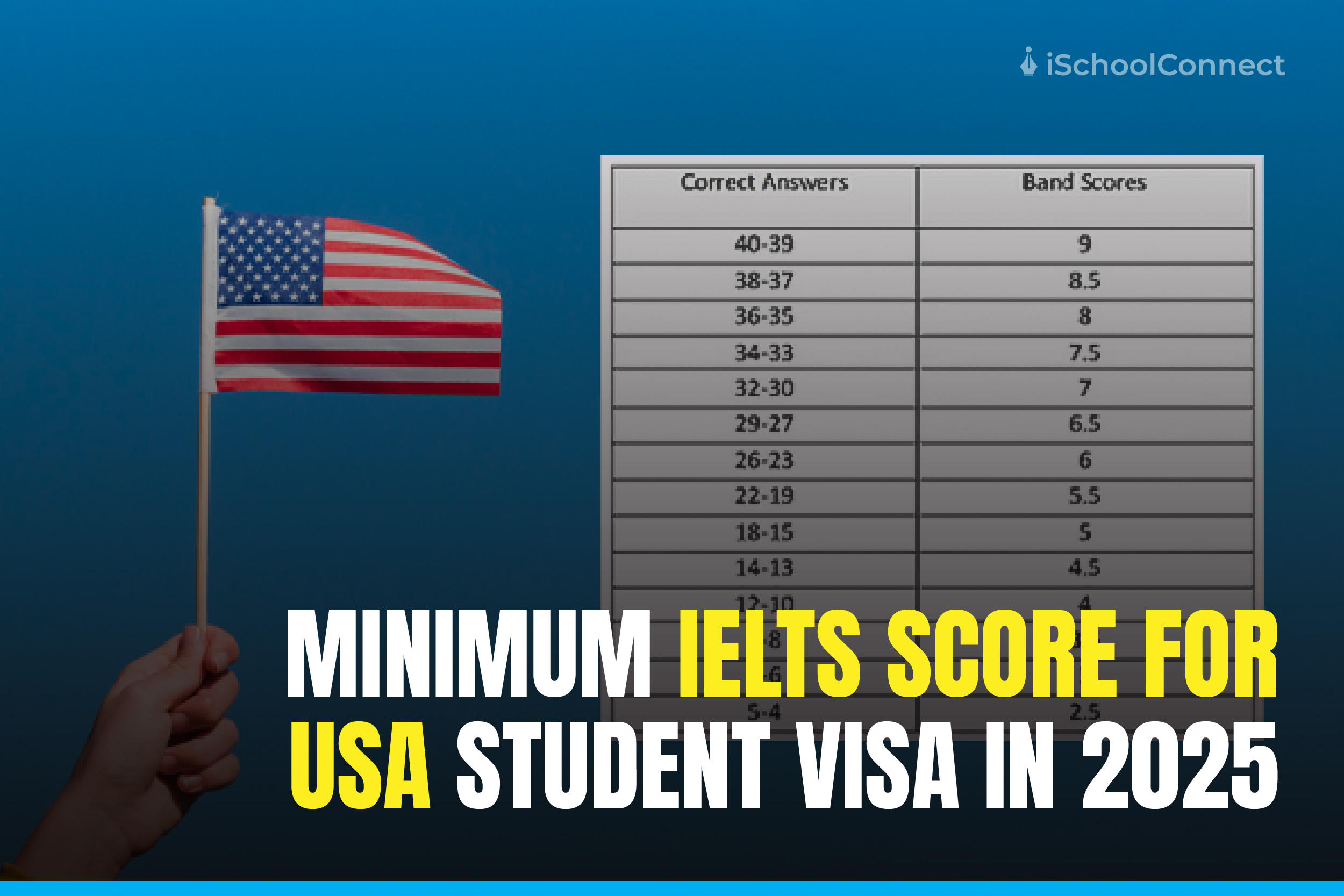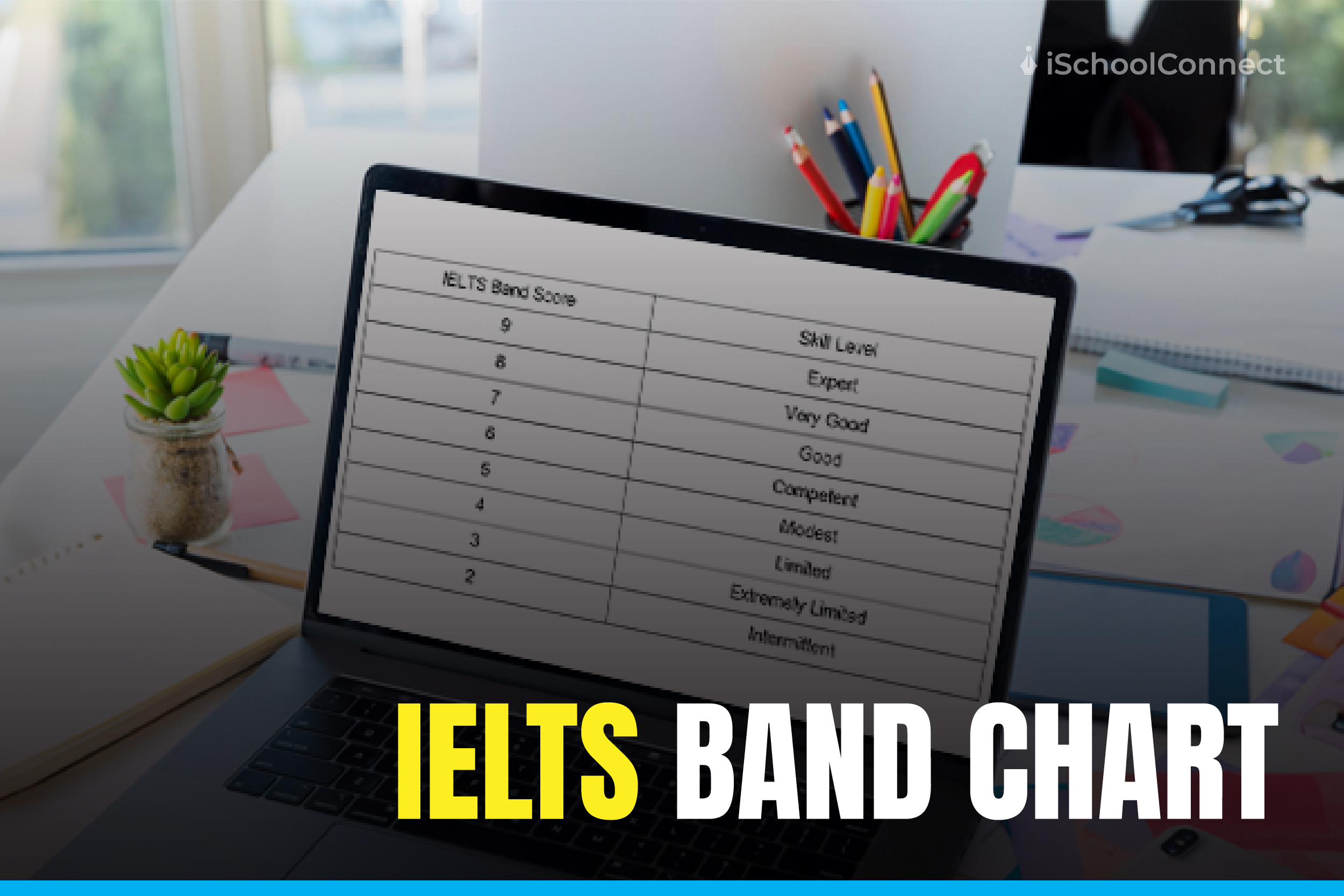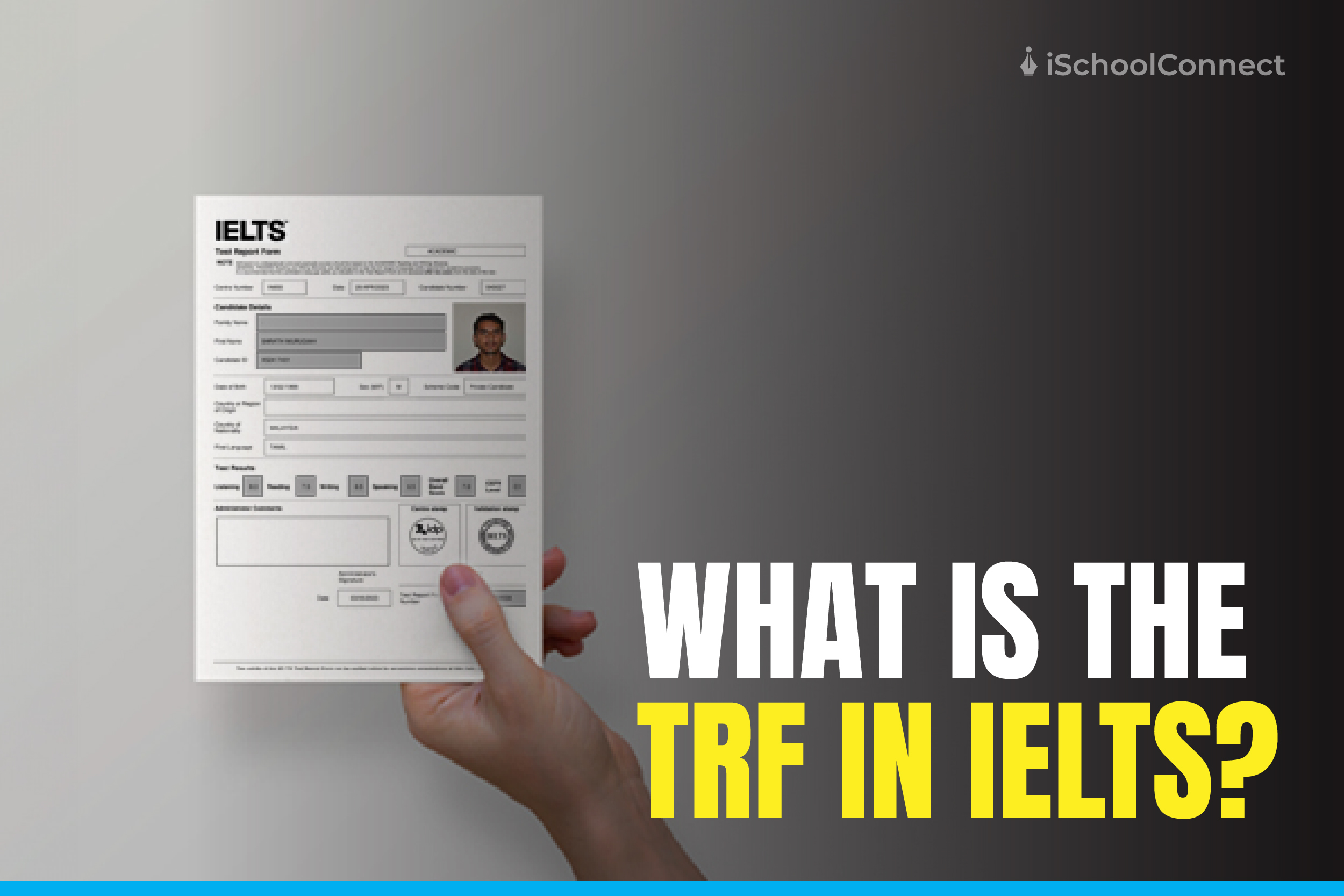Table of Contents
Introduction
Many universities accept the conversion of PTE scores to IELTS. Although it is geared toward applicants seeking a student visa or skilled visa in the nations, as mentioned earlier, the examination reviews candidates’ abilities in four areas—speaking, writing, reading, and listening—to measure their overall English aptitude.
It is difficult to make comparisons between test scores. That’s because tests vary in format, objectives, and methodology. Additionally, the more different the formats, the more difficult the activities become. However, test score users are frequently curious about how the outcomes of two tests are compared. Let’s discover this in the blog.
Why the PTE score to IELTS conversion?
PTE (Pearson Test of English) and IELTS (International English Language Testing System) are two widely accepted English proficiency tests used for study, work, and immigration purposes. Since universities, governments, and organisations may specify scores in one test or another, score conversion becomes essential for applicants. A PTE-to-IELTS conversion allows students and professionals to understand how their performance in PTE equates to IELTS band scores, making it easier to meet admission or visa requirements. Both tests measure similar language skills—speaking, writing, reading, and listening—but they use different scoring systems. PTE uses a scale of 10–90, while IELTS uses a band scale from 0–9. Conversion charts provided by official bodies help applicants know whether their PTE scores match the minimum IELTS requirements. This allows institutions to assess candidates fairly, and it helps test-takers choose the exam that best suits them without worrying about recognition.
PTE Scores to IELTS: Conversion Chart
Here’s a handy PTE to IELTS conversion chart that shows how PTE Academic scores map to IELTS scores.
|
PTE Academic Score |
Equivalent IELTS Band Score |
|
86 – 90 |
9.0 |
|
83 – 85 |
8.5 |
|
79 – 82 |
8.0 |
|
73 – 78 |
7.5 |
|
65 – 72 |
7.0 |
|
59 – 64 |
6.5 |
|
51 – 58 |
6.0 |
|
43 – 50 |
5.5 |
|
36 – 42 |
5.0 |
|
30 – 35 |
4.5 |
|
Below 30 |
4.0 or below |
Section-wise Conversion of PTE Scores to IELTS
You can convert your PTE score to IELTS for every section using the table that we have provided below.
|
IELTS |
PTE overall |
PTE-A (Speaking) |
PTE-A (Writing) |
PTE-A (Listening) |
PTE-A (Reading) |
|
5 |
40.8 |
40.2 |
43.1 |
40.2 |
43.0 |
|
5.5 |
45.4 |
42.2 |
51.0 |
42.7 |
47.9 |
|
6 |
51.6 |
46.2 |
62.2 |
48.1 |
53.5 |
|
6.5 |
58.5 |
53.5 |
74.1 |
56.8 |
60.6 |
|
7 |
66.3 |
65.3 |
82.3 |
66.2 |
67.6 |
|
7.5 |
74.6 |
75.3 |
87.5 |
73.9 |
73.7 |
|
8 |
82.3 |
80.9 |
89.4 |
79.4 |
78.4 |
|
8.5 |
88.1 |
85.5 |
89.5 |
84.7 |
83.7 |
Comparing PTE scores to IELTS can be challenging. That’s because test formats, functions, and formats vary. Additionally, the activity becomes more difficult. However, those that employ test scores (such as academic institutions, governmental agencies, and professional associations) frequently want to know how, in real-world scenarios, the outcomes of two different tests might compare.
Read More: The IELTS Indicator Test.
IELTS vs. PTE: What’s the Difference?
Despite the two exams’ close resemblance, some odd discrepancies should be noted while comparing IELTS and PTE. Now let’s examine those:
|
Aspect |
IELTS (International English Language Testing System) |
PTE (Pearson Test of English Academic) |
|
Test Format |
Paper-based or computer-based |
Entirely computer-based |
|
Scoring System |
Bands from 0 – 9 |
Scores from 10 – 90 |
|
Sections |
Listening, Reading, Writing, Speaking |
Listening, Reading, Writing, Speaking |
|
Speaking Test |
Face-to-face with an examiner |
Recorded responses on the computer |
|
Result Time |
3–13 days (paper), 3–5 days (computer) |
1–5 days |
|
Acceptance |
Widely accepted in the UK, Australia, Canada, the USA, and other countries. |
Accepted in Australia, New Zealand, the UK, Canada, the USA, and other countries. |
|
Difficulty Level |
More subjective (examiner-based) |
More objective (AI-based scoring) |
|
Best For |
Candidates confident with human interaction |
Candidates are comfortable with technology |
Key Takeaways
You can test your English proficiency precisely with PTE Academic since it assigns you a score on the Global Scale of English between 10 and 90.
The PTE score, compared to IELTS, is accepted by various universities.
The PTE score calculator measures the candidate’s performance using numbers from 10 to 90 points, whereas the IELTS score is determined using a band score of 1 to 9.
Like the blog? Also, read- How to Prepare for the IELTS Exam.
FAQ’s
Question 1: Can PTE scores be converted to IELTS?
Answer: Many universities and colleges accept the PTE score for IELTS conversion. It applies to applicants who took the PTE exam but could not take the IELTS or did not meet the requirements for any other reason. The Global Scale of English is used to determine the PTE scores. The PTE score is in the range of 10 to 90.
Question 2: What does 90 PTE mean?
Answer: PTE Academic Score- 85 to 90. It is the highest degree of English proficiency that is assessed. You would feel entirely at ease participating in academic and professional activities at all levels.
Question 3: What distinguishes the PTE and IELTS exams?
Answer: Both are standard English language tests that students who want to enroll in institutions overseas take. IELTS is graded on a scale of 1 to 9, whereas PTE is graded on a scale of 10 to 90.
Question 4: What is the PTE Academic and IELTS score comparison?
Answer: PTE Academic and IELTS both assess English proficiency but use different scales. IELTS is scored on a 0–9 band system, while PTE ranges from 10–90 points. Concordance charts link the two, showing, for example, that PTE 65–72 equals IELTS 7.0, ensuring fair global recognition.






